This mornings port of call was the steppe around Balgarevo, the goal to photograph the various breeding larks here, in particular Calandra Lark, a species I’d only seen for the first time the previous day, and Short-toed Lark, which would be a new species altogether.
We set off from the hotel just after 6:00am, and headed off into the steppe. To begin with we decided to stay in the car and simply drive down some of the dirt tracks that run parallel to the main road. Later once we’d got an idea of some good spots we could get out and walk around on foot. Things started well when one of the first tracks we checked produced a nice Calandra Lark. I got good photos but they're somewhat tarnished by the fact the bird landed exclusively on manmade structures. I was hopeful this boded well for the rest of the day, but that turned out to be far from the case — while we did see plenty more Calandra Lark, these were the last photos I kept!

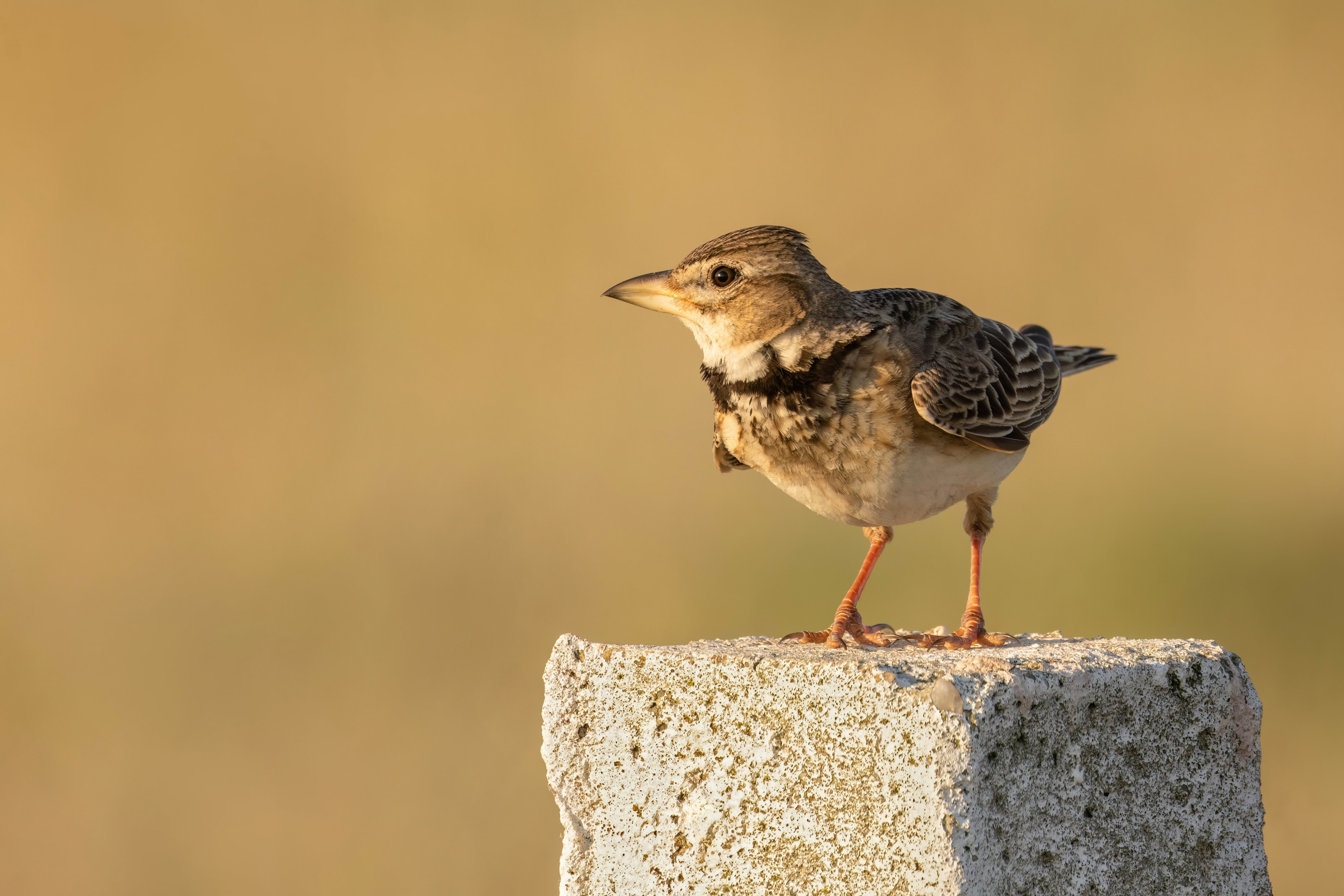
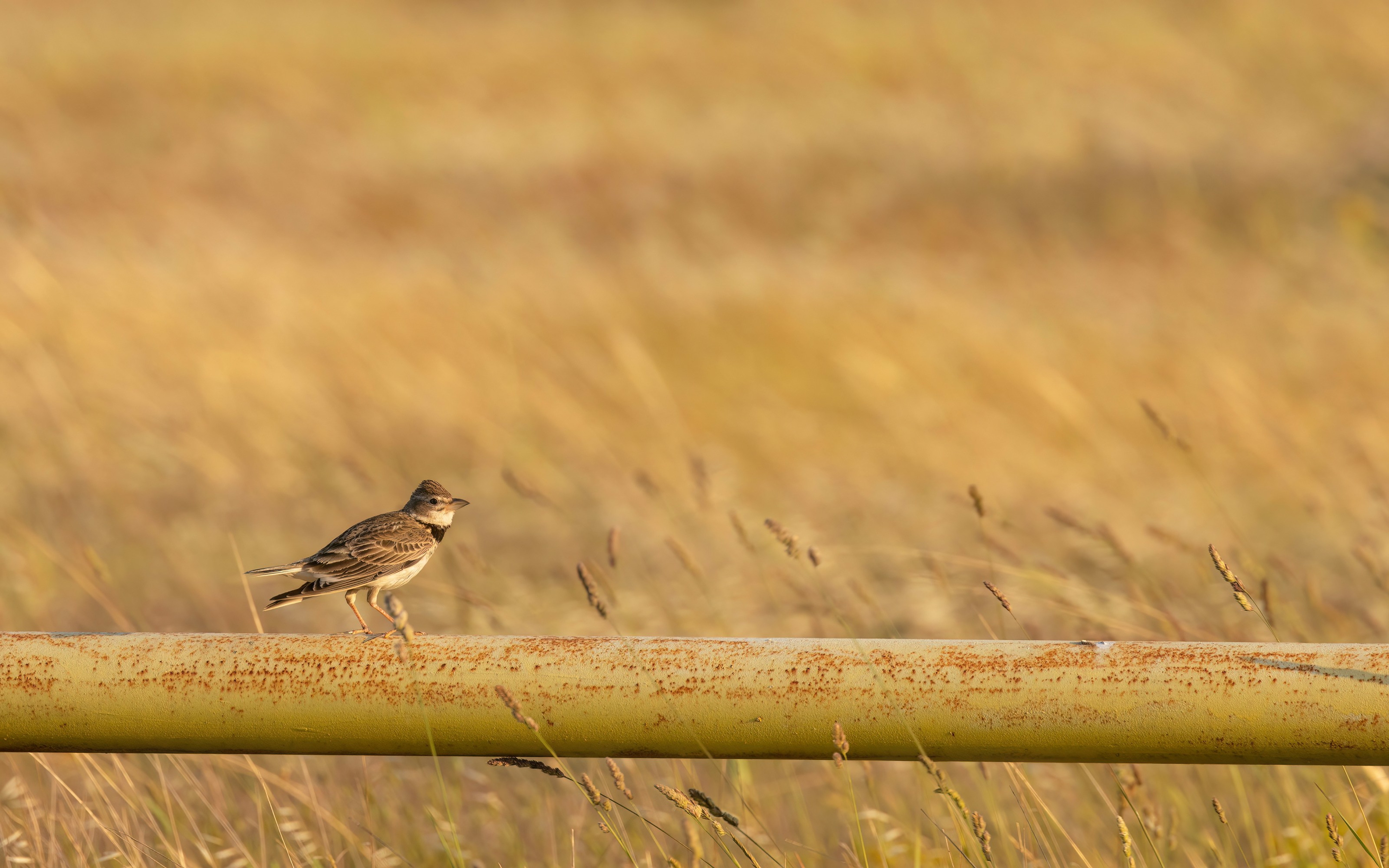
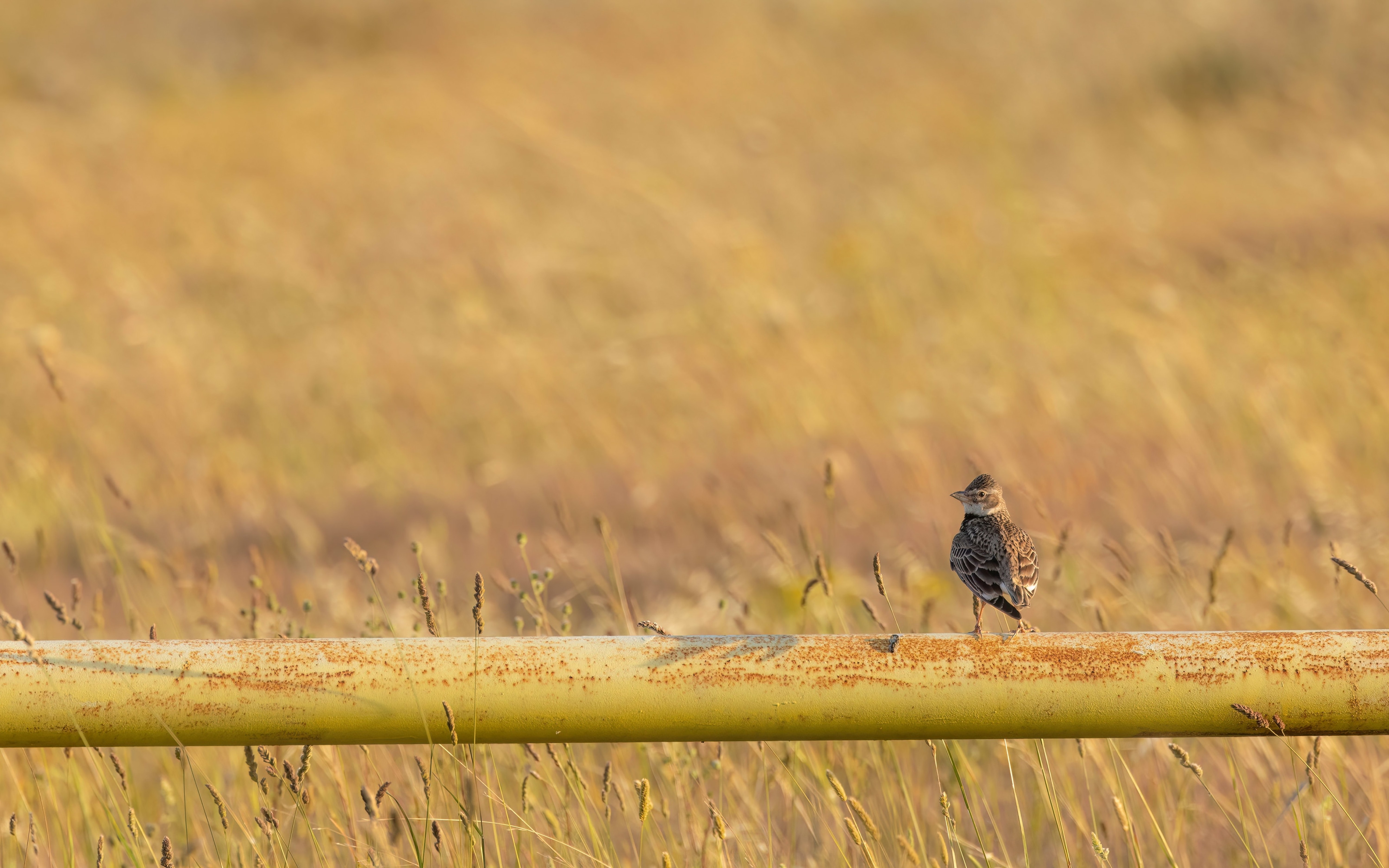
I didn’t have too much more luck with the other larks either. We saw just a handle of Crested Larks, and I managed only a single passable shot. I didn’t care too much — these are pretty commonplace around Bulgaria — but the Short-toed Larks were much more frustrating. After checking out a number of areas, we settled upon one in particular that seemed to hold a good number of them. Interestingly many parts of the steppe didn’t appear to hold any Short-toed Larks, despite to our eyes there not being any significant change in habitat.
I spent quite a few hours here, my main tactic just sitting for 20-30 minutes at the edge of different stretches of dirt track, waiting for the larks to land and feed. They did so often enough, but obviously aware of my presence, never landed quite close enough to get more than a record shot. During this time I also did a bit of Isabelline Wheatear stalking, of which there were a few pairs about. I also managed a couple more Tawny Pipit, though nothing like yesterday evening’s, and a Hoopoe in flight. In general I’m quite pleased with the ‘atmospheric’ nature of these images:
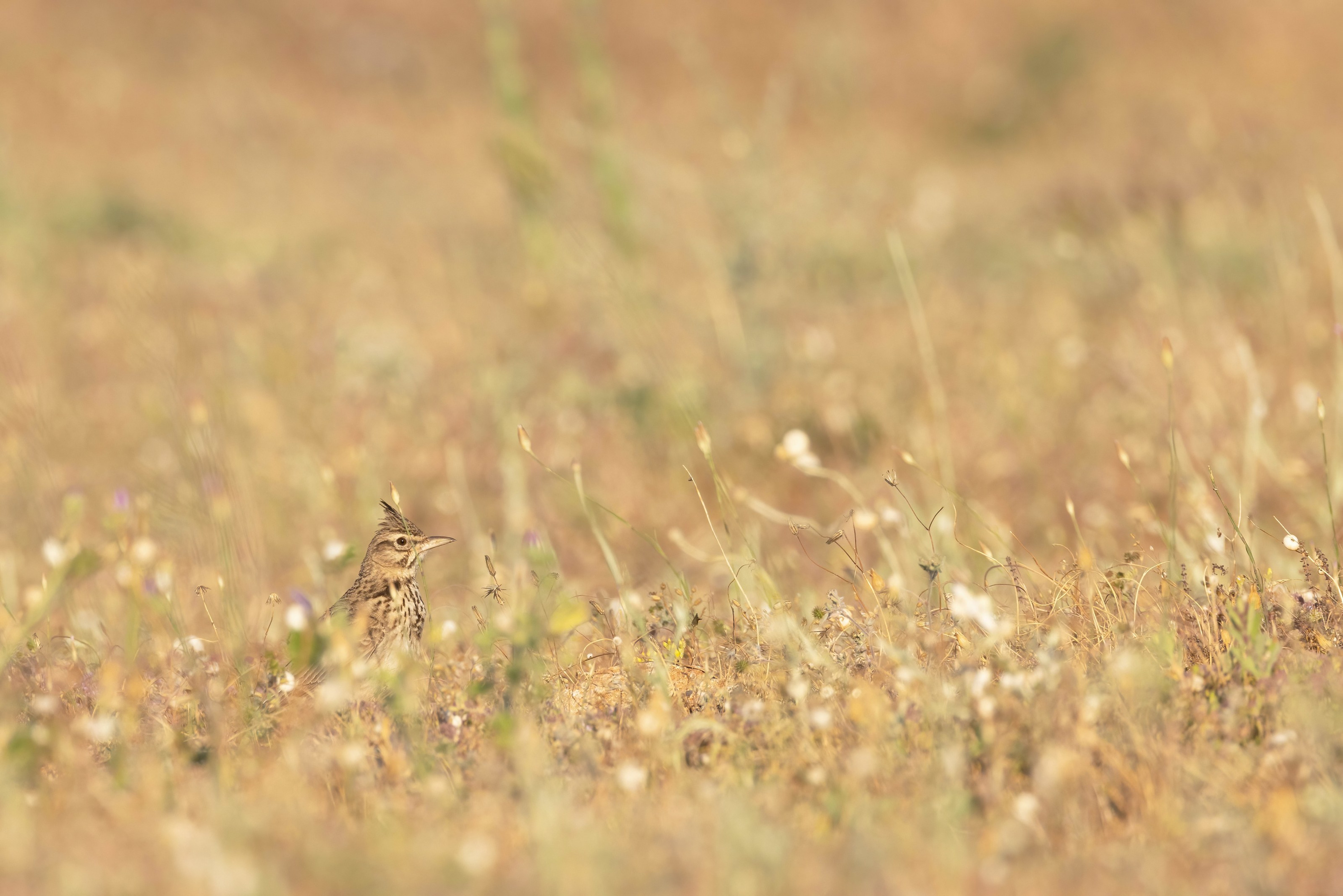
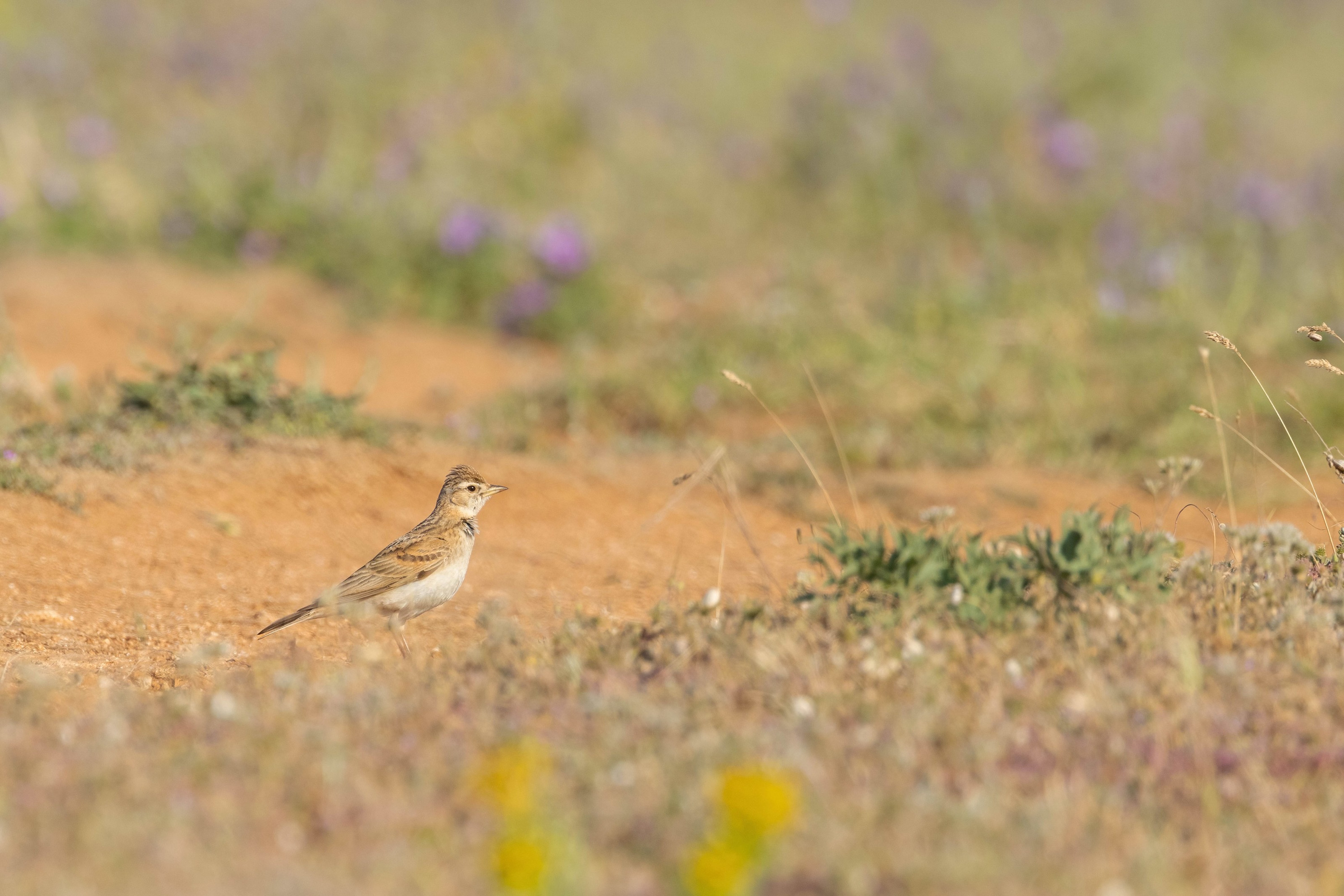
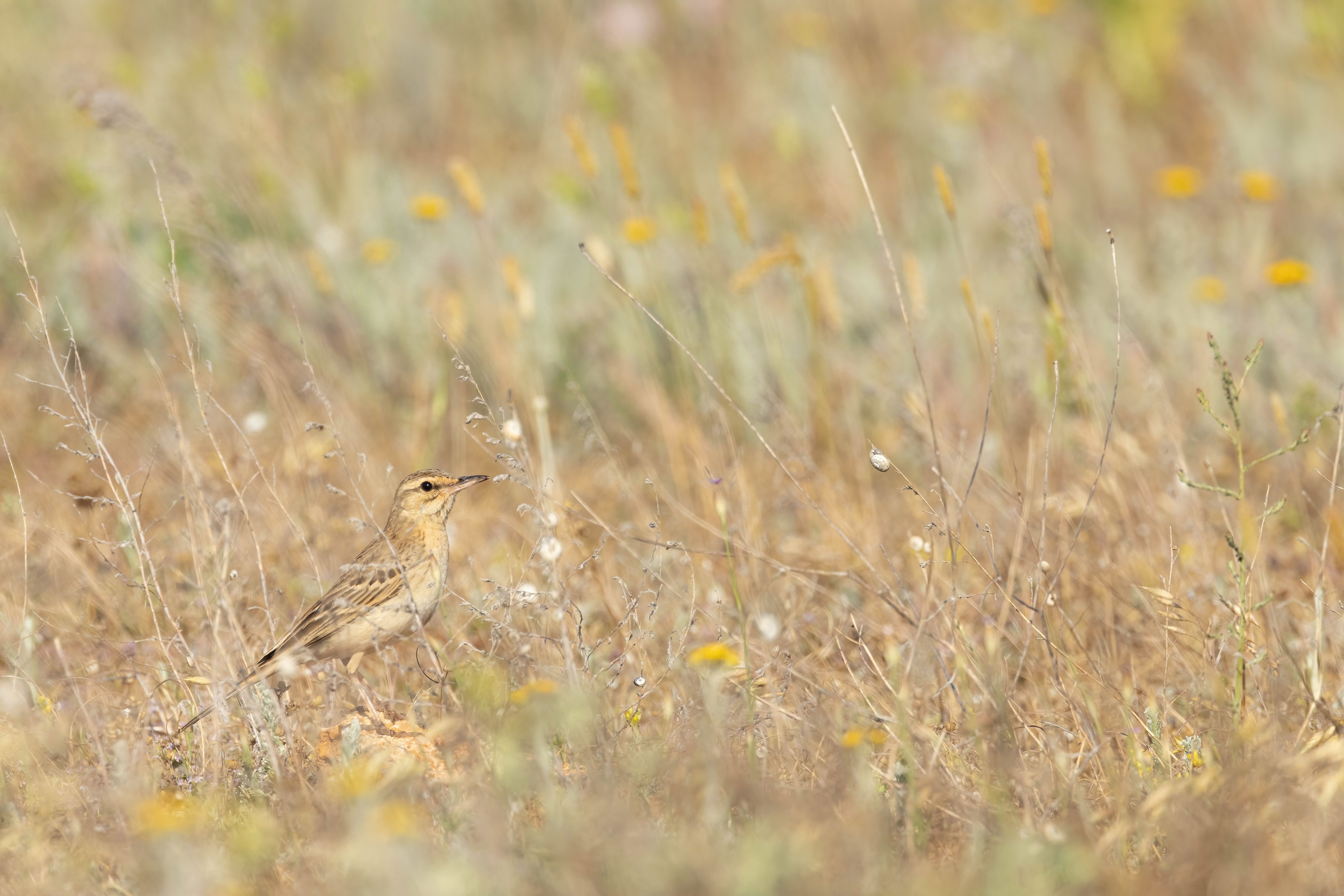
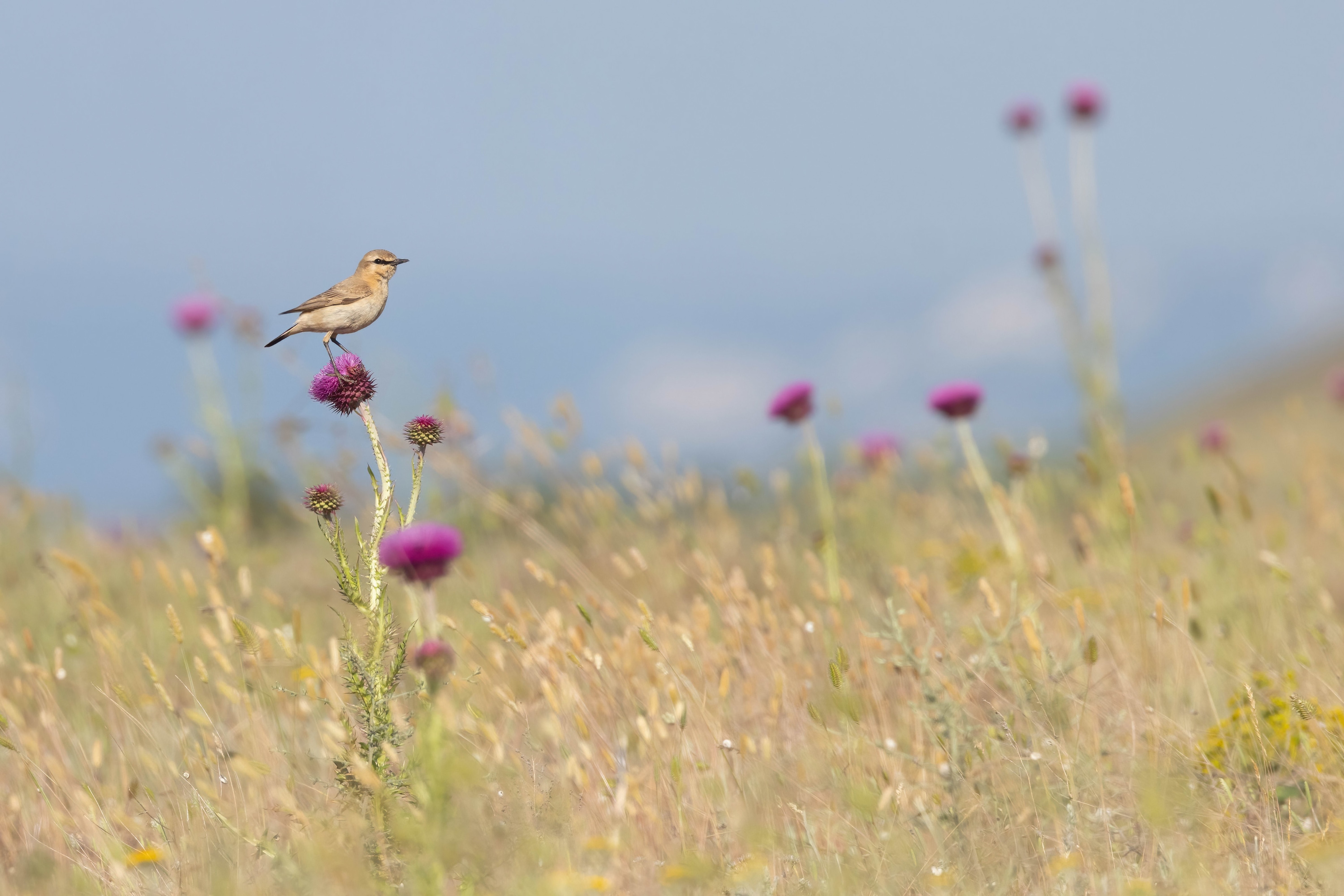
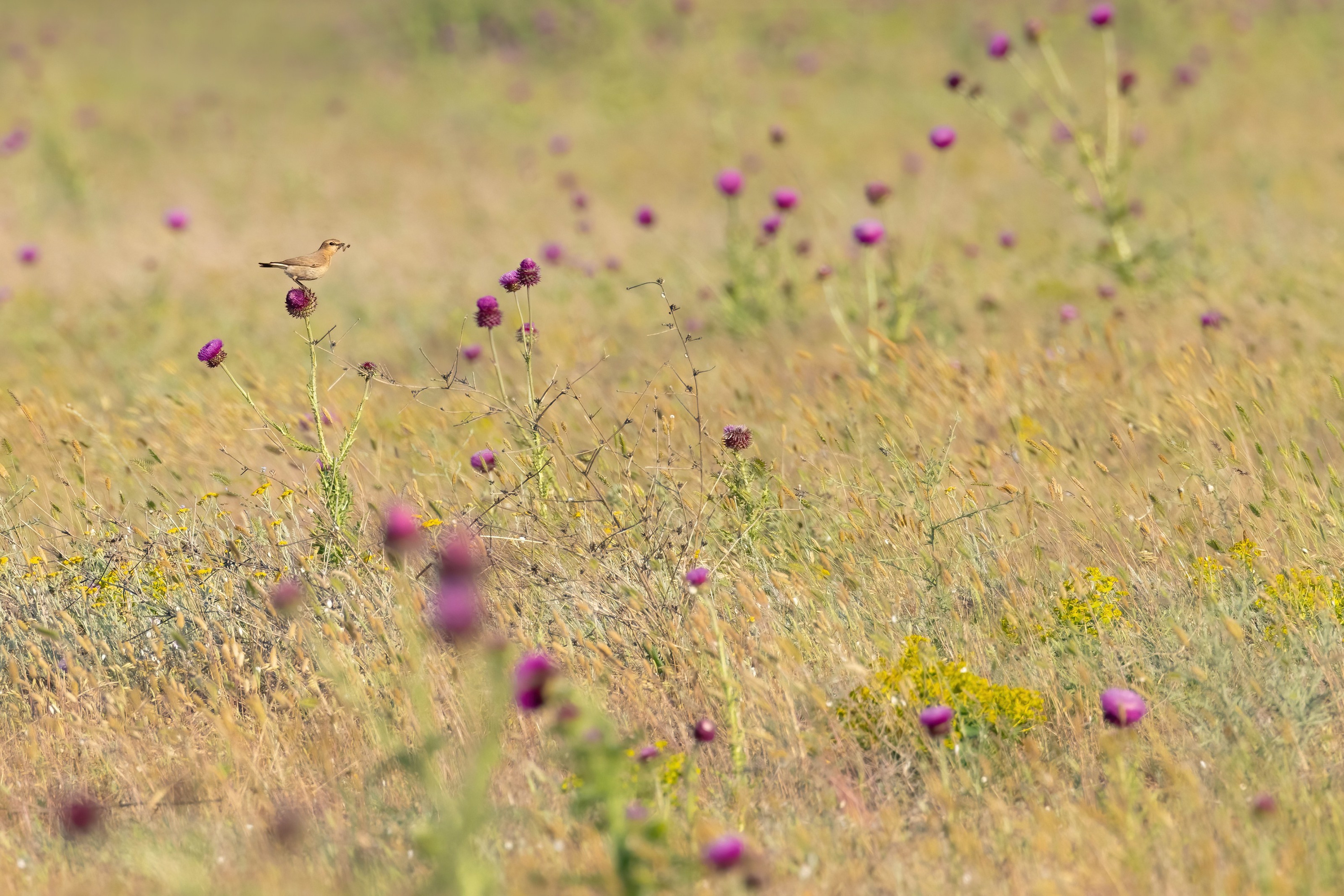

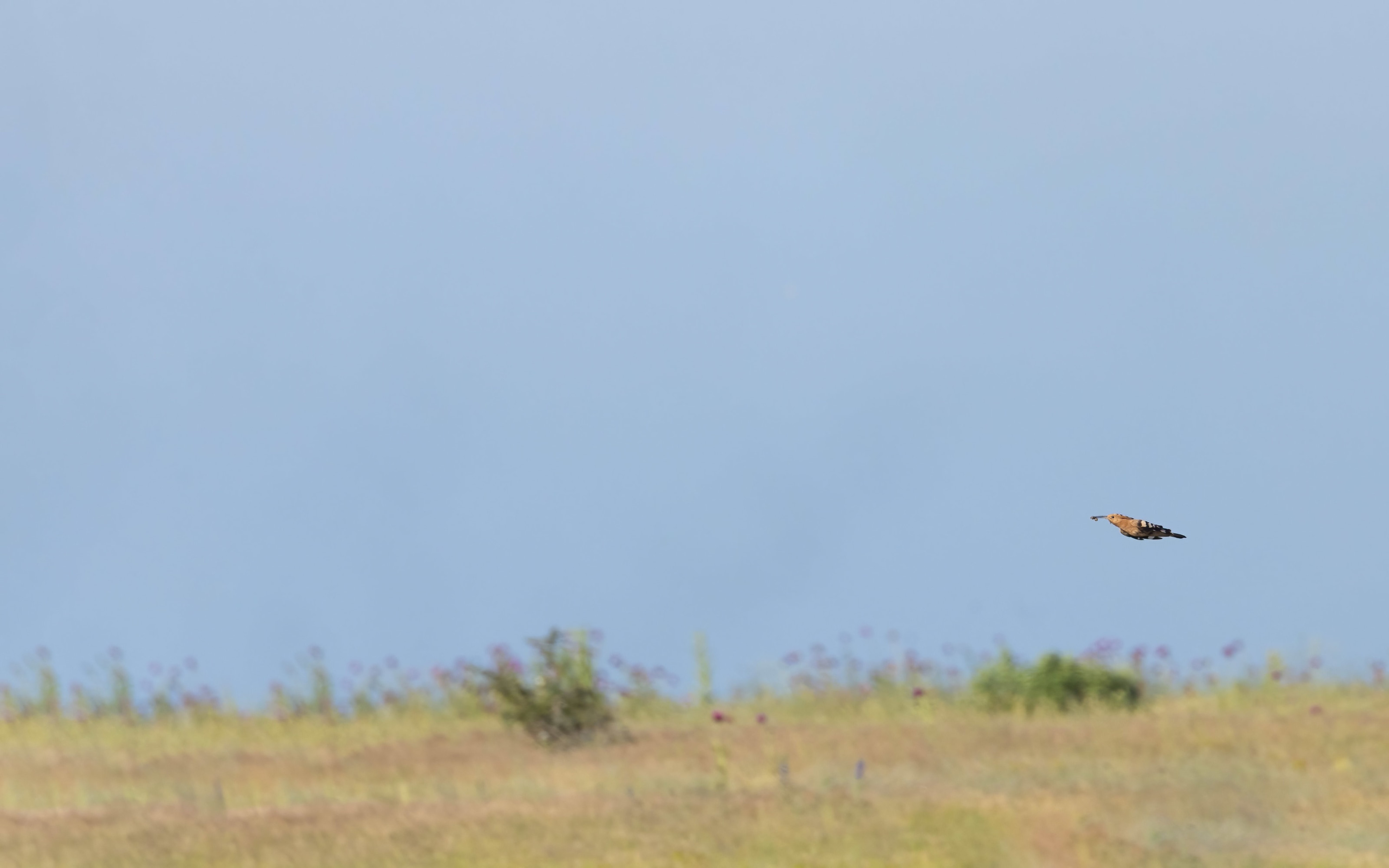
A big bonus was the surprisingly good Short-toed Lark flight shots I came away with. At any point there was usually at least one male displaying in the sky, usually very high. But occasionally one would fly lower, and in the case of the photos below, pretty close. I also got lucky with an Isabelline Wheatear in flight. By 10:45am, waiting for the larks to land close enough had become a bit tiresome, and the light was too harsh now anyway, so we headed back towards the car. Just as we set off we had a brief flight view of a Stone-curlew, our only sighting of the trip.
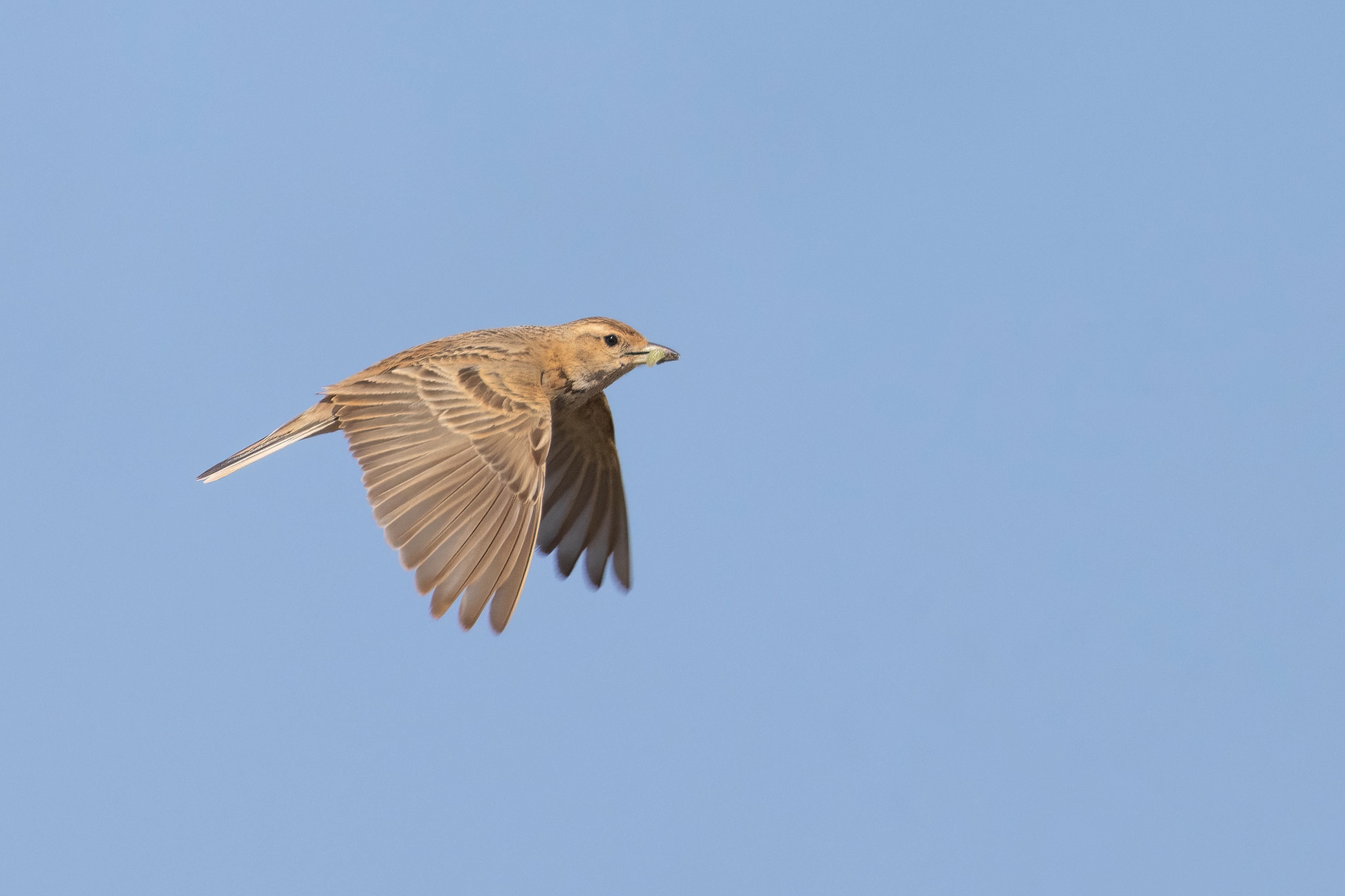
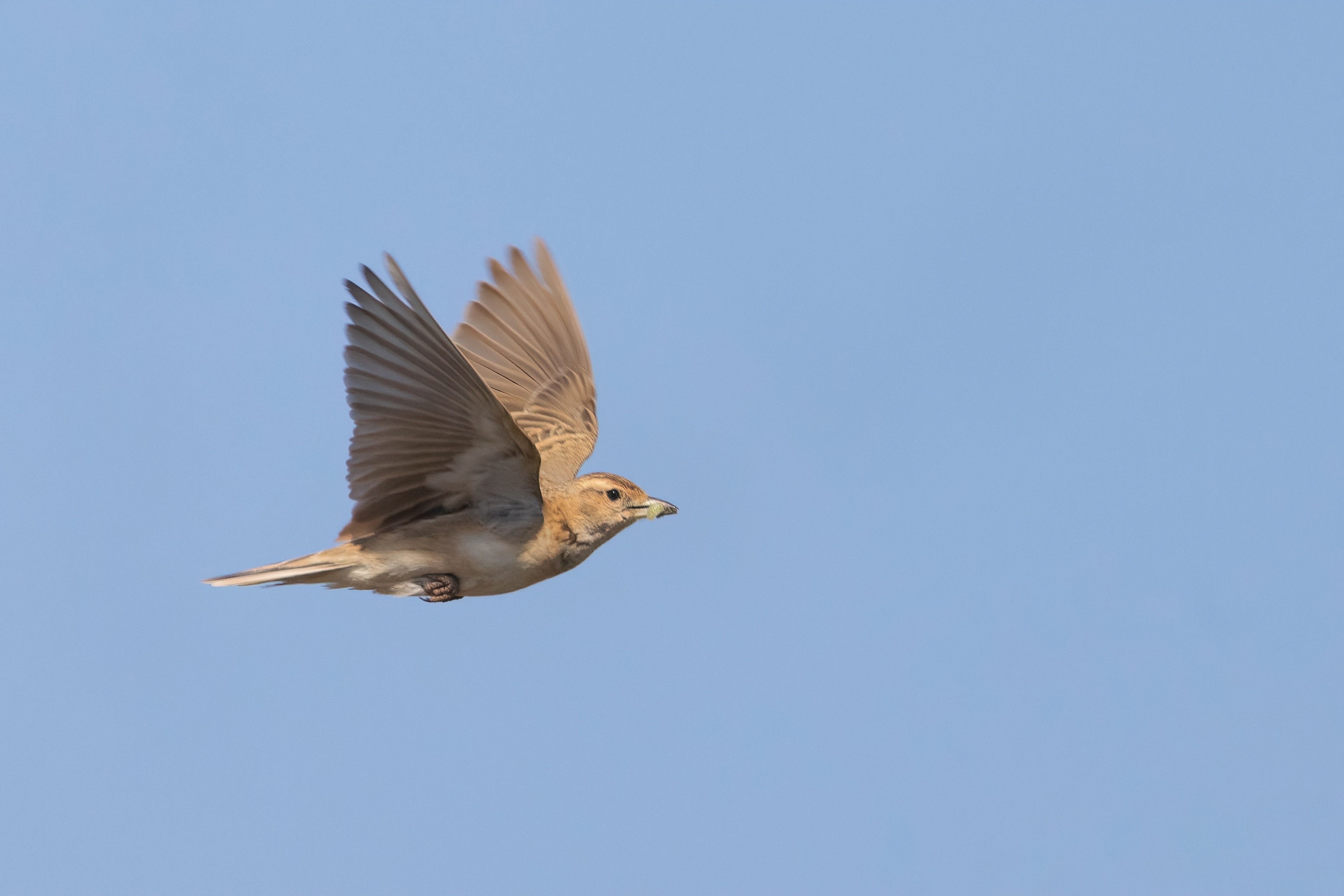
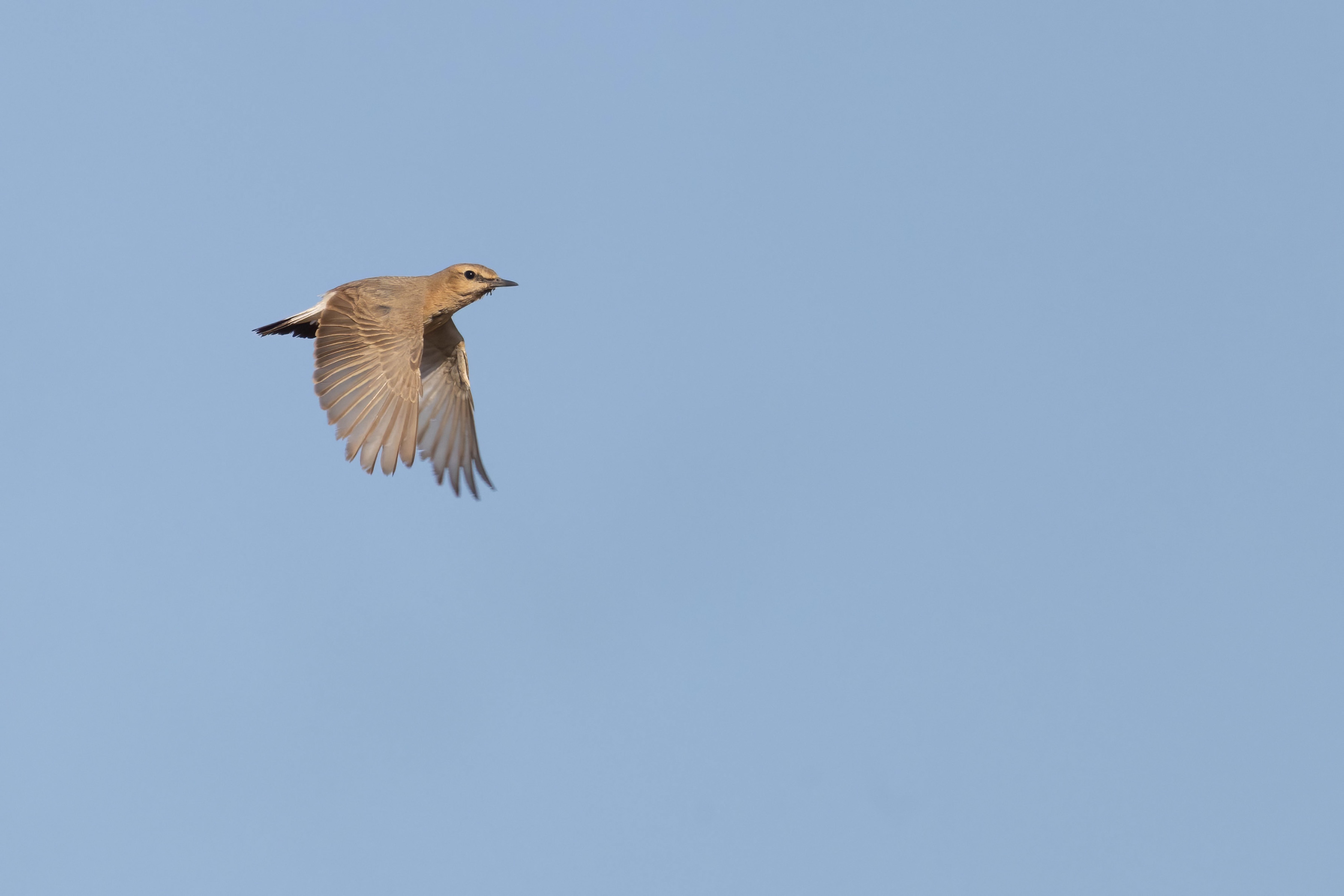
At 11:00am, we did one final drive around the steppe, hoping to find some Rose-coloured Starlings as we’d not seen any yet in the morning, and I was hoping to improve on my record shots of the flock from Yaylata the previous day. Satisfyingly we did indeed come across a large flock of 100+ Rose-coloured Starling, which we watched from the car land in a grassy area of steppe. I got out the car and walked to a nearby spot, waiting for them to take off and hopefully fly over me. Eventually they did, but in the harsh light all my photos came out terribly. The best of a bad bunch below. We also saw here our only Lesser Grey Shrike of the morning.
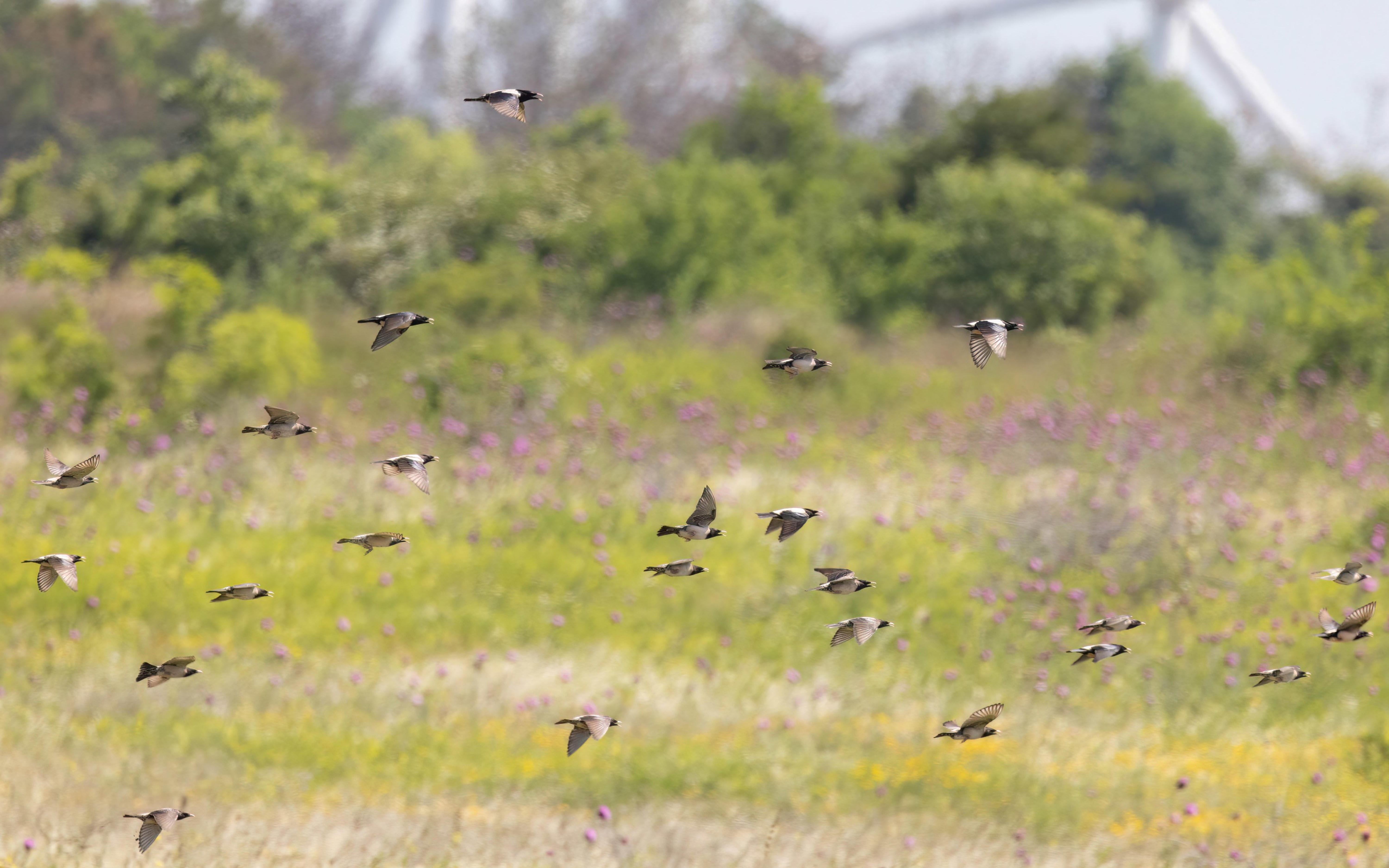
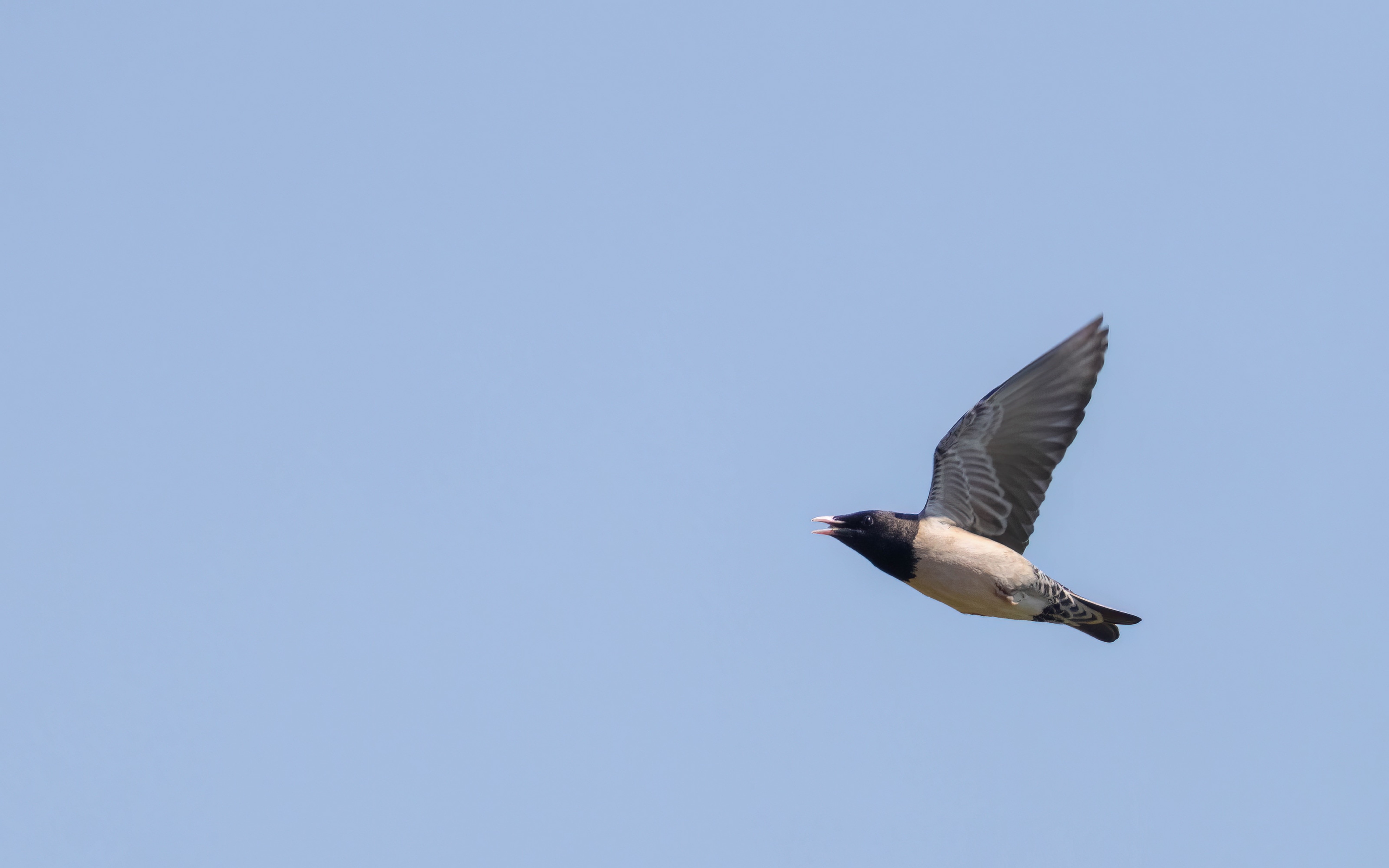
The second part of the day, looking unsuccessfully for Semicollared Flycatcher in the Goritsa Forest, will be the next blog post.
No comments yet — leave one below: